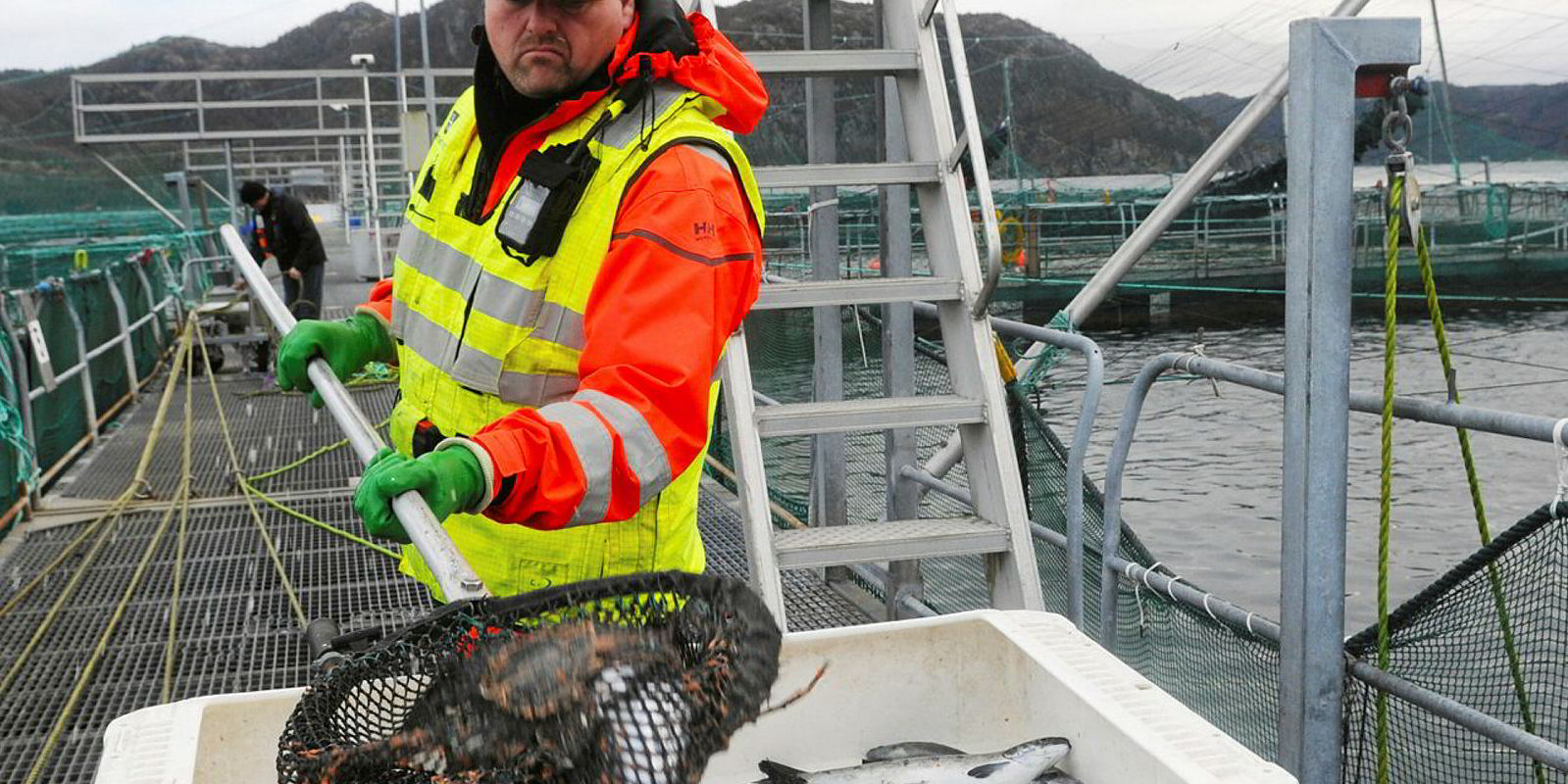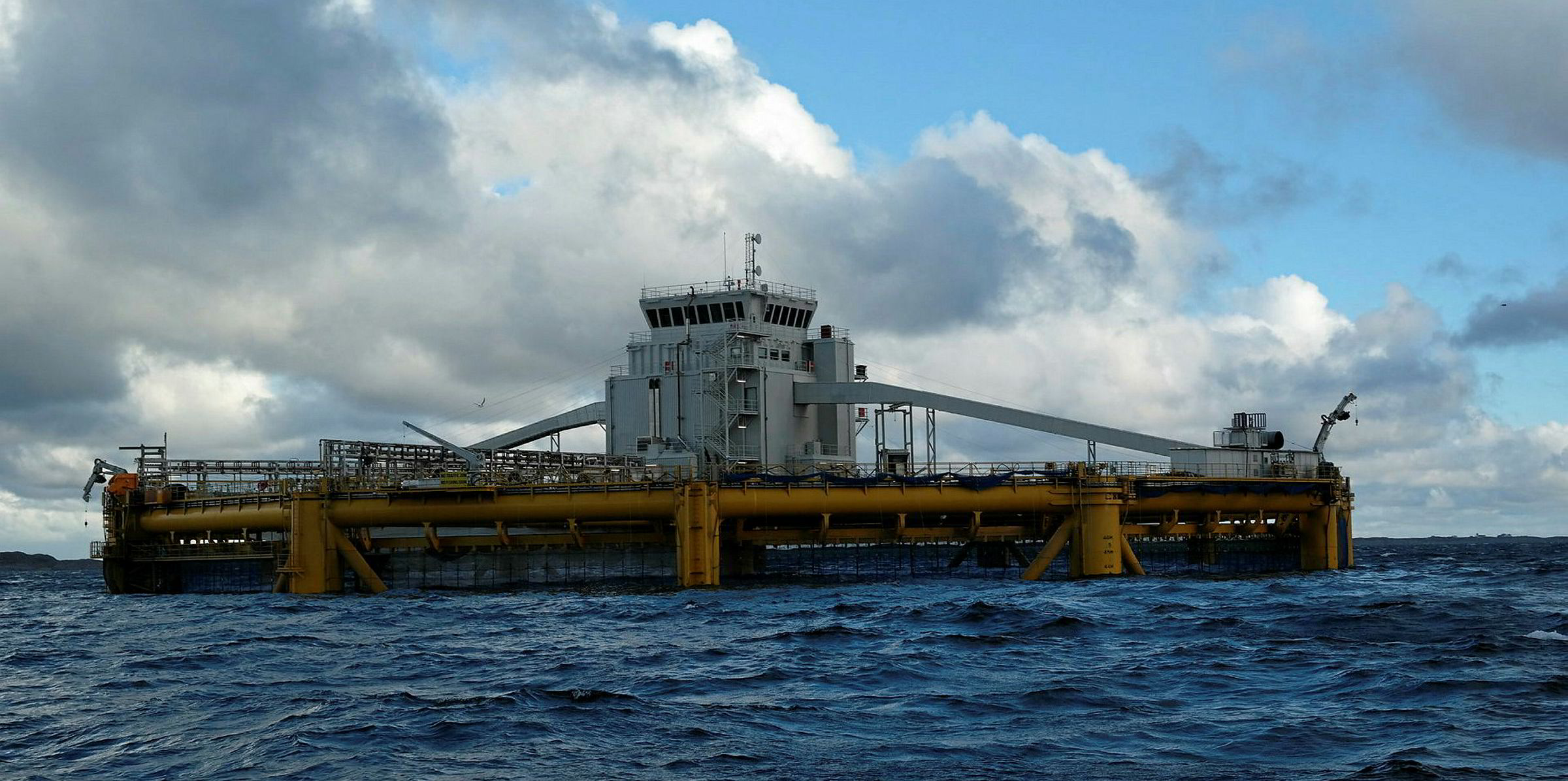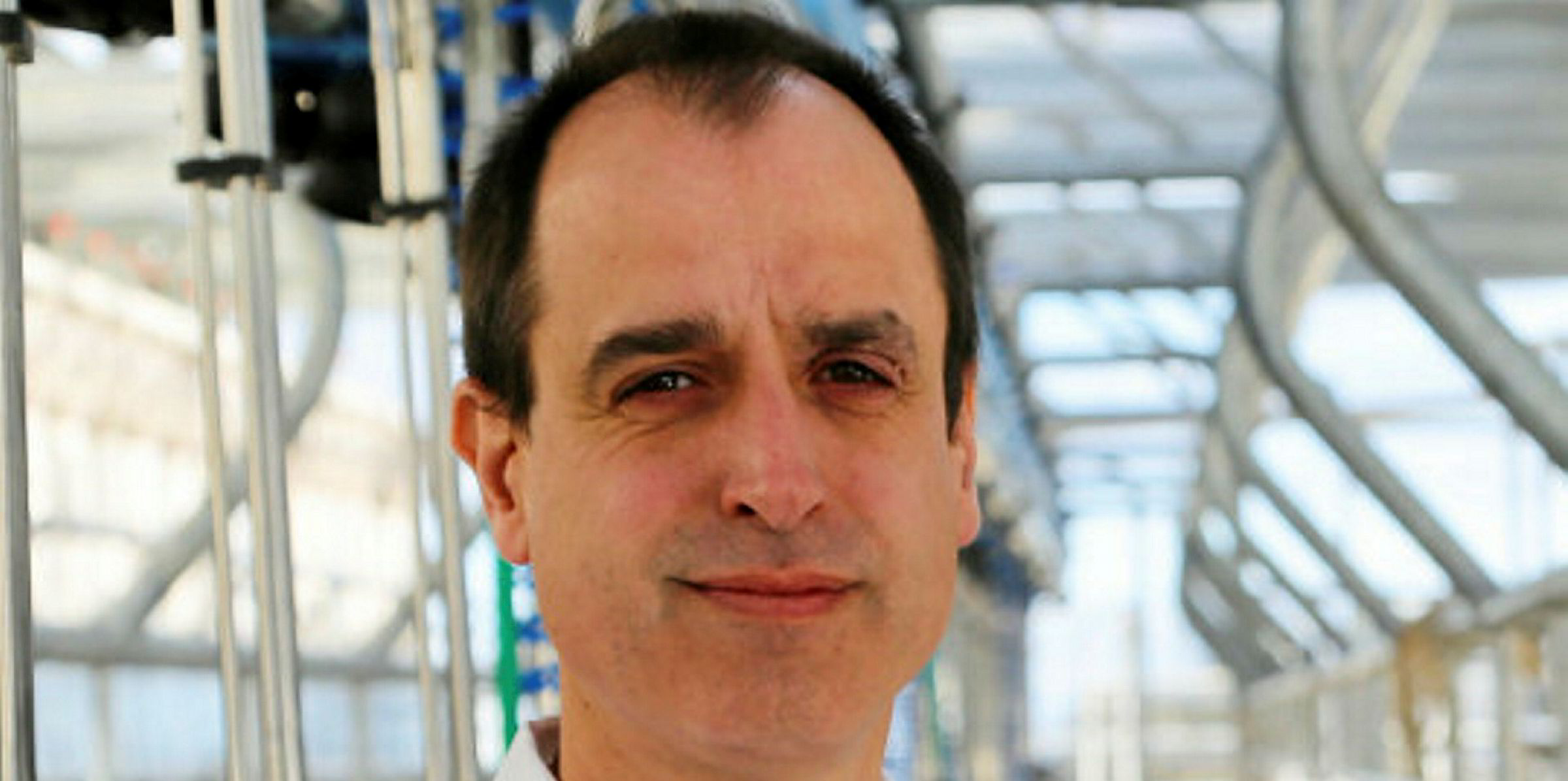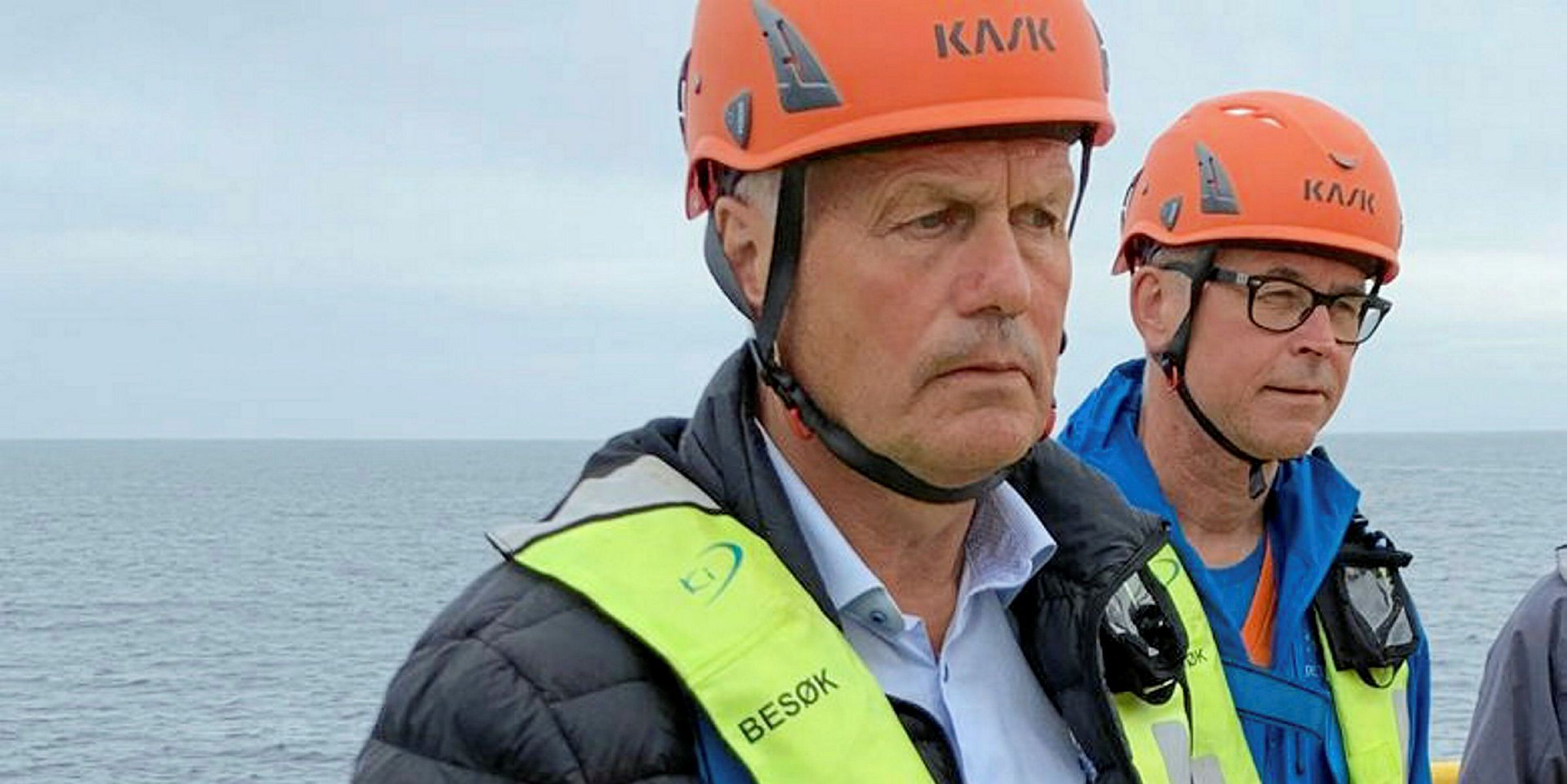Global Atlantic salmon production is expected to see moderate rises this year and next year with stronger growth in prospect for 2022.
That's according to the Global Aquaculture Production Survey and Forecast based on Kontali data revealed at the Global Aquaculture Alliance's annual Goal conference, which this year was held online.
After production rose 7 percent last year it is expected to increase 3.6 percent this year and just over 1 percent in 2021.
Producers should see growth of around 6 percent if predictions turn out to be correct for 2022.
"There is not much decline due to coronavirus. A very steady, strong market is growing despite the difficult market circumstances today," said Rabobank analyst Gorjan Nikolik who presented the figures.
Over the past decade Norway has been the steadier of the world's two biggest producer nations, growing around 3.6 percent between 2010 and 2018.
Mild growth of 1.7 percent is forecast this year ahead of increases above 4 percent in 2021 and 2022.
Contrastingly, since sliding to a low point in 2010 of around 100,000 metric tons production, Chile posted a compound growth rate in production approaching 23 percent over the same period.
This year Chilean salmon production is forecast to grow 6.6 percent but drop 9.4 percent in 2021.
"A recovery in 2022 of 5.7 percent means we are still going to be below 2020 levels," Nikolik said.
While growth expectations for second tier producers United Kingdom and Canada are muted for this year and next year, they are expected to see stronger growth in 2022.
The Faroe Islands, considered something of a shining star in the salmon industry, has close to doubled its output since 2010, with more growth expected in 2021 and 2022. Kontali expects Faroese production to move above 100,000 metric tons by 2022.
Land-based production is currently grouped by Kontali under the '"other producers" category with ocean-bound producers from Australia and Iceland.
"These others, which in the future we are going to have to talk about in much more detail, are adding another 100,000 tons from 2016 to 2022, which is very respectable," Nikolik said.
Global coho salmon production, predominantly consisting of Chilean producers and a tiny amount from Japan, is expected to slip back this year and then remain largely flat over the following two years.
Despite an uneven growth curve Chilean coho production grew 4 percent between 2010 and 2018.
---
Looking for a more in-depth look at the global land-based salmon sector? An upcoming IntraFish Business Intelligence report offers a detailed analysis into this exploding sector.
For more information or a free sample, reach us at Intelligence@IntraFish.comand check out our current reports here.





